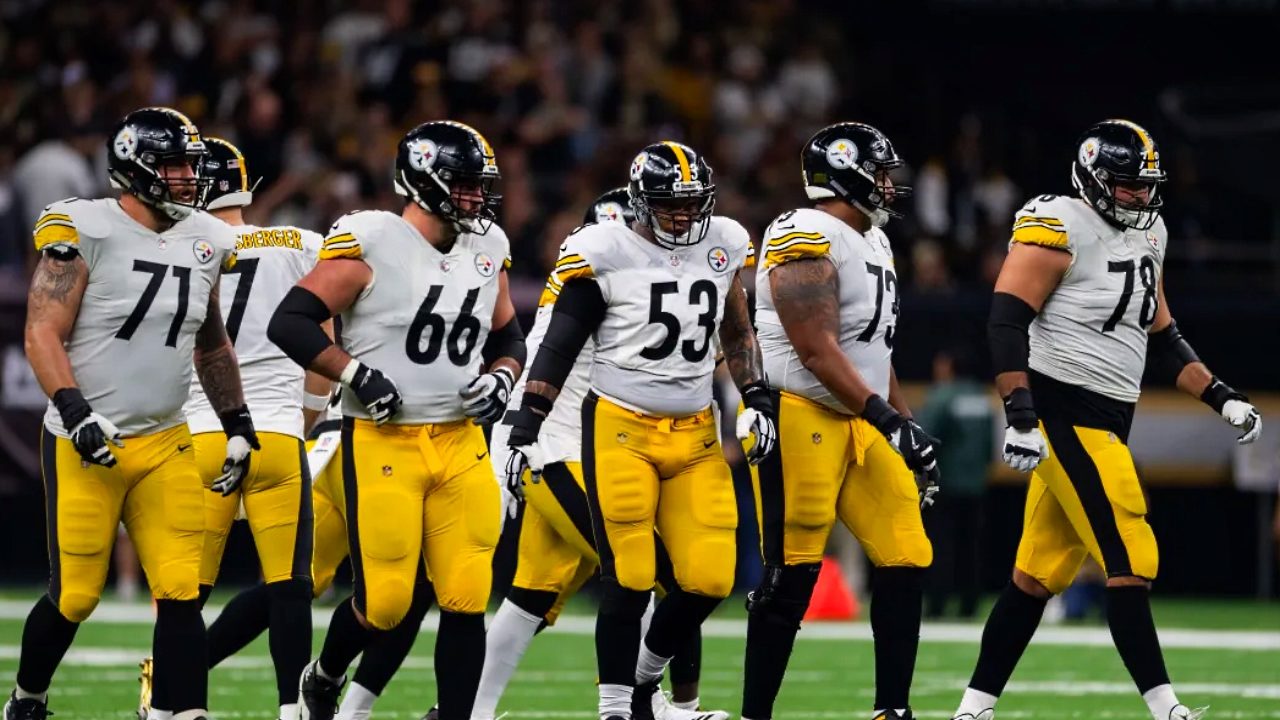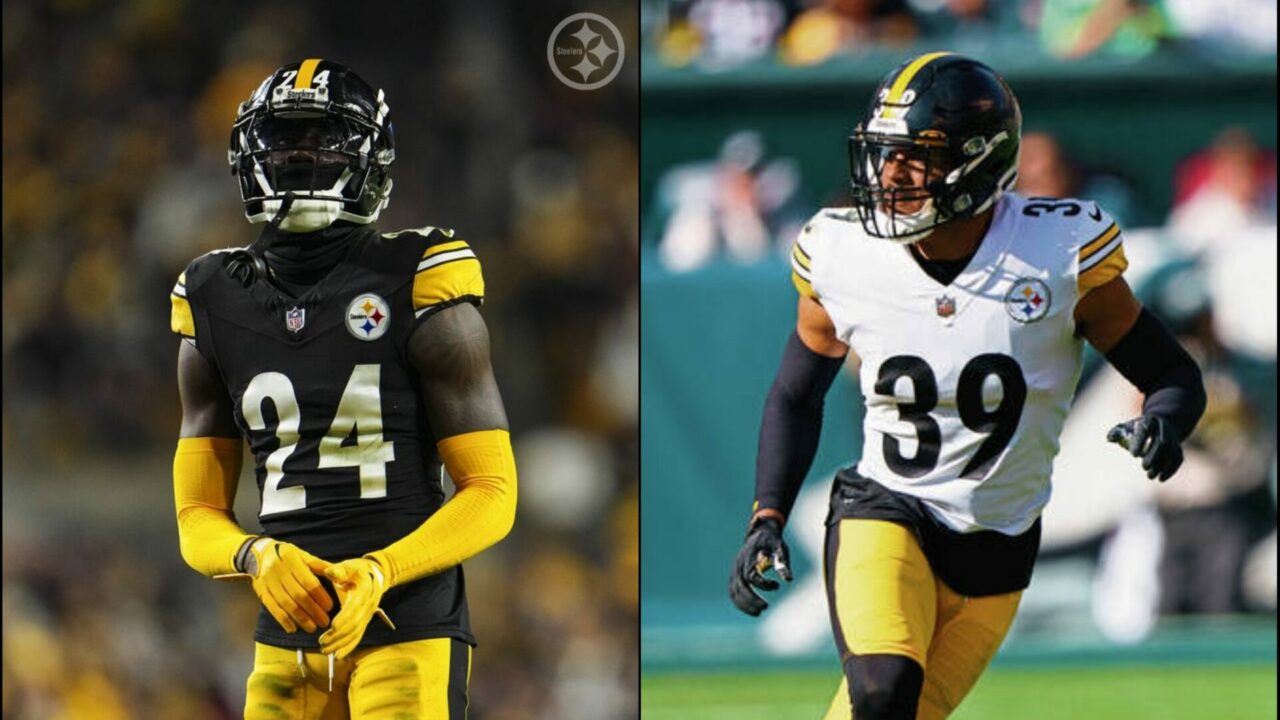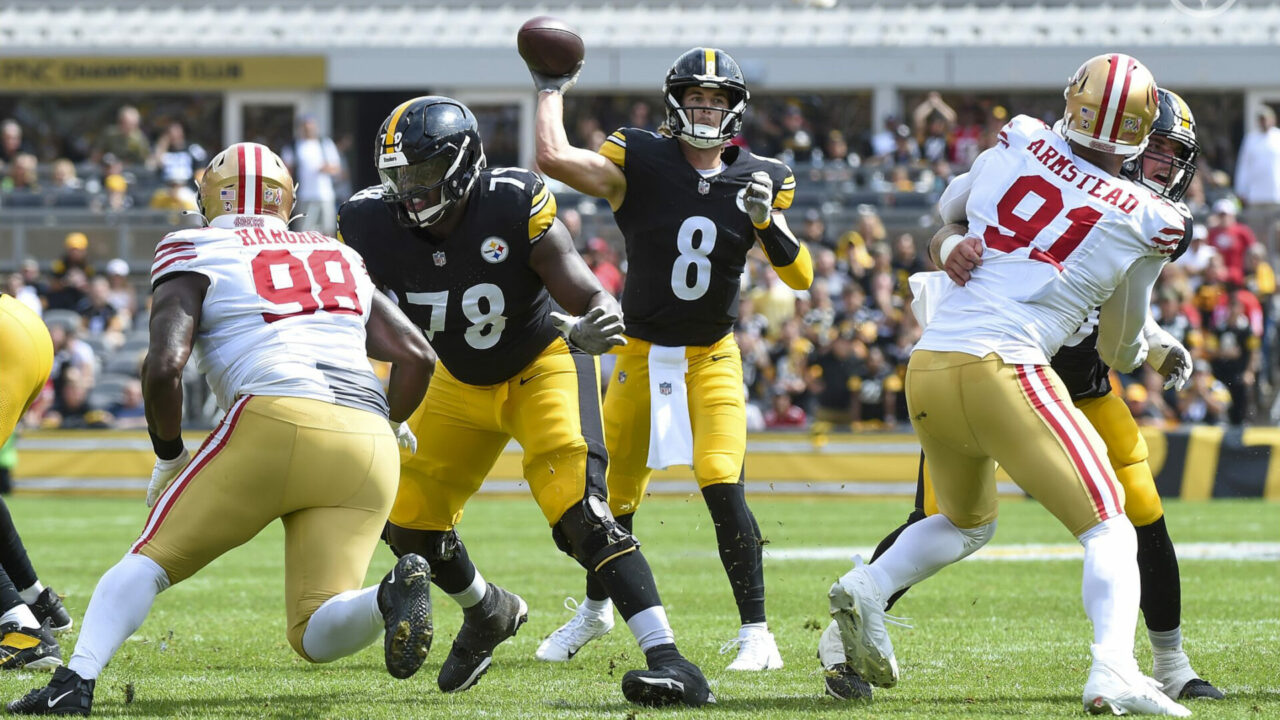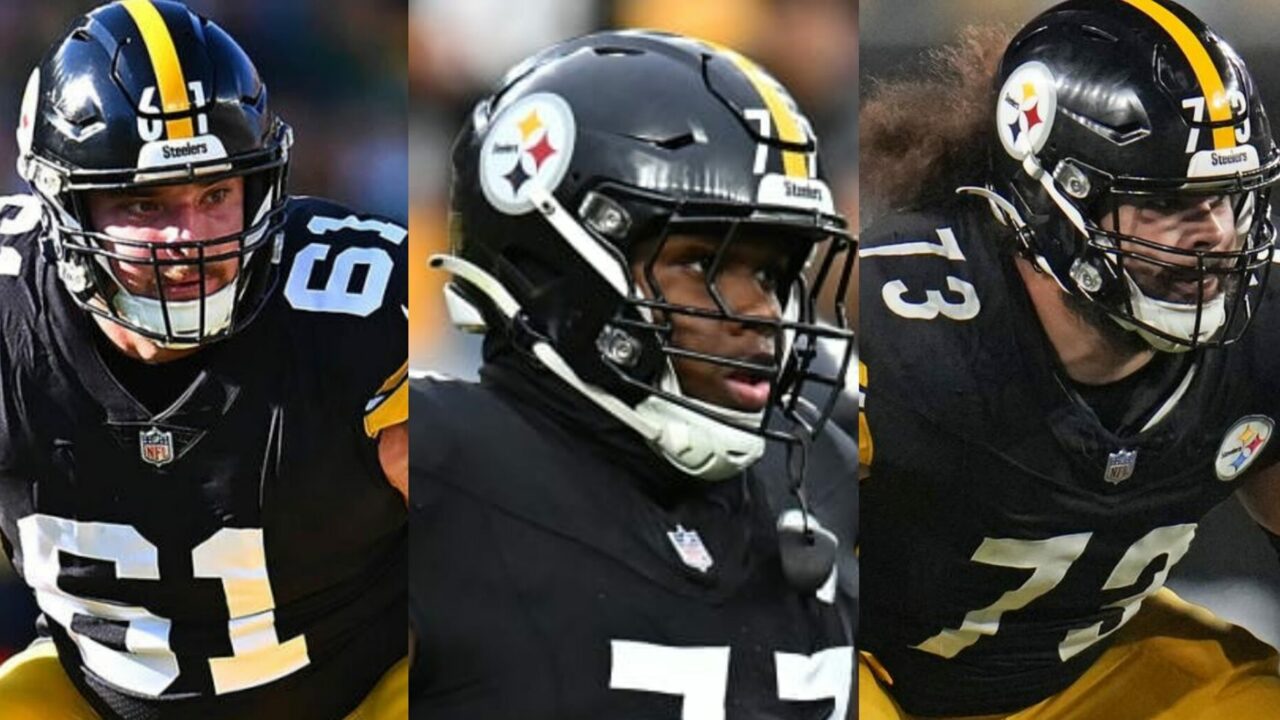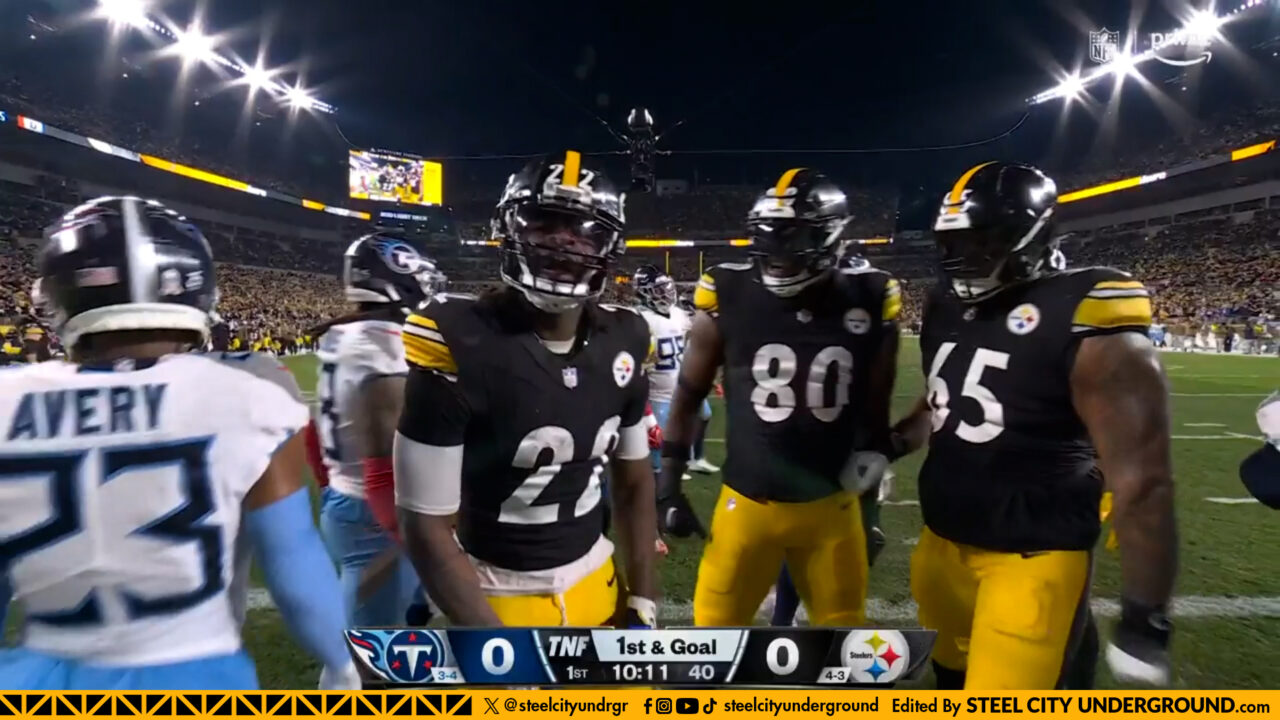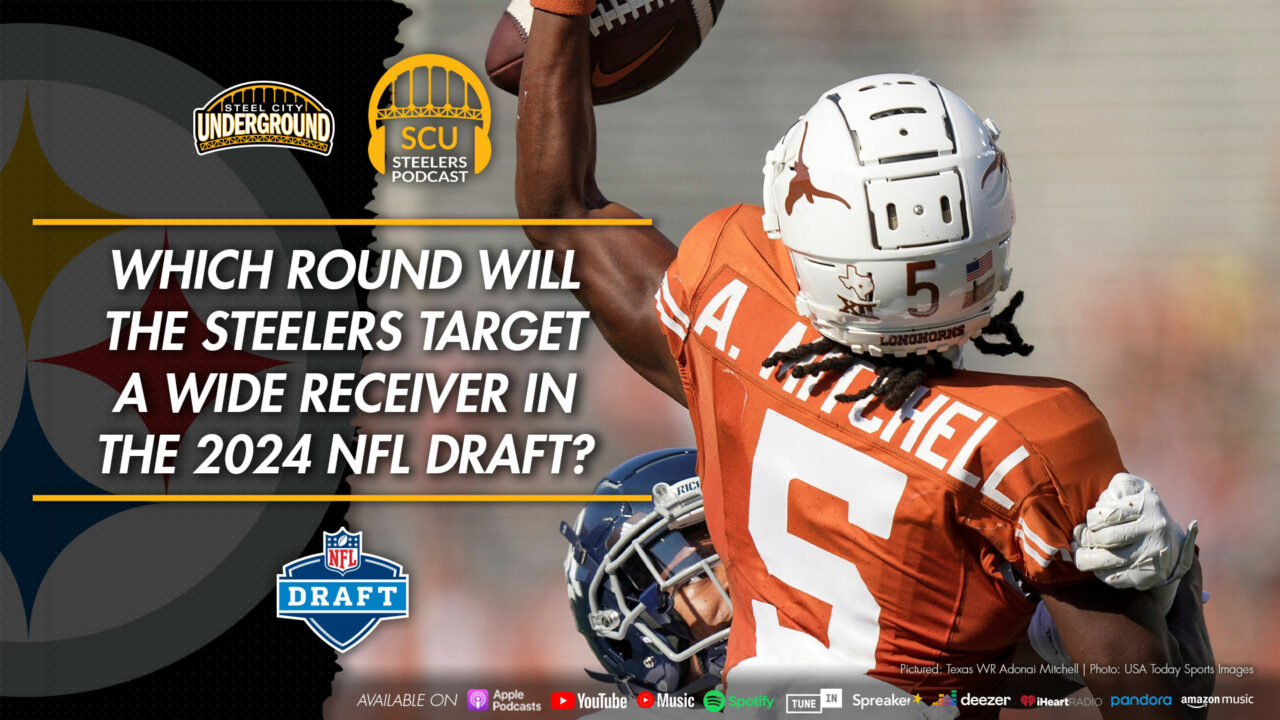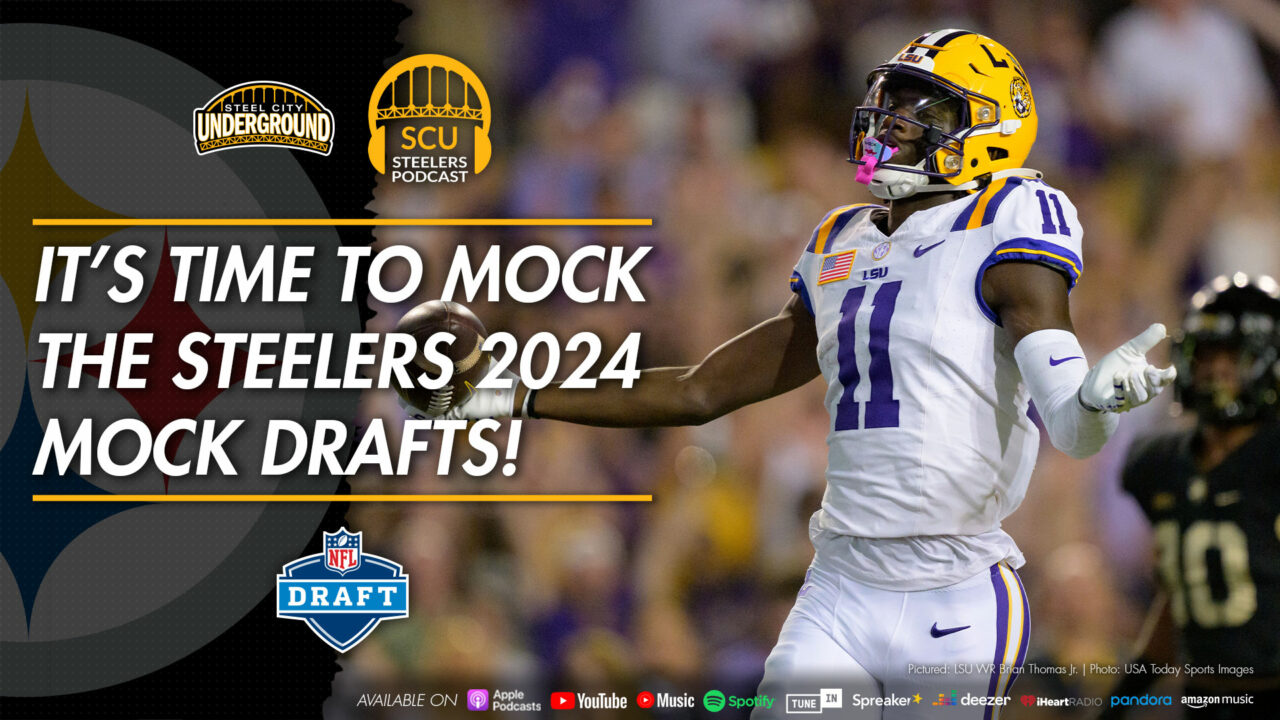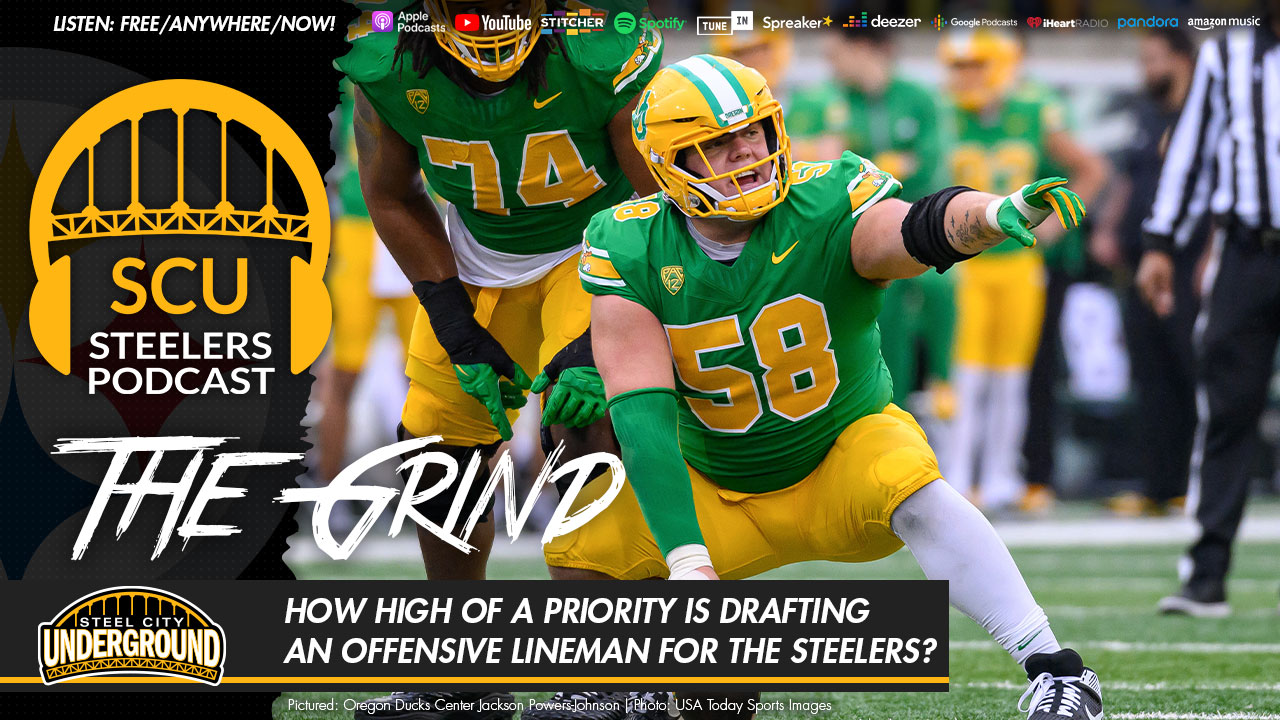How and why the Steelers offensive line went into a steady decline
There’s been a lot of finger pointing and blame going on these days when it comes to a revisionist history as to how and why the Pittsburgh Steelers offensive line went from being one of the premiere units in the National Football League to one of the bottom feeders last season.
Critics will point to several reasons, mostly myths or half-truths, to accuse the organization of not having a “backup plan” whenever something doesn’t go perfectly. I equate the current kvetching about the Steelers offensive line in 2022 to that of about ten years ago with the defensive line.
Back around 2012 the Steelers went from having perennial All-Pros Casey Hampton and Aaron Smith, to having neither. Father Time caught up to Hampton while unforeseen injuries took Smith from the gridiron too early.
The offense was faced with similar situations in the case of Maurkice Pouncey and David DeCastro: also both yearly All-Pro selections and among the elite at their positions in the league. However, there’s other story lines which surface from time-to-time which mix facts with fiction for a good narrative. All can be attributed to the O-line’s regression, but none are a single mitigating factor.
Mike Munchak
The most worn-out narrative that exists for the decline of the Steelers offensive line is the departure of the position’s former coach, Mike Munchak.
“Munch” as he’s often referred to as, was a former standout offensive lineman with the Houston Oilers, named to the Pro Football Hall of Fame for his play, and who had stuck with the organization all the way through its move to Tennessee, name change to the Titans, and becoming its head coach. His career with the organization spanned from 1982 to 2013, before he was named the Steelers offensive line coach in 2014.
After arriving, the Steelers O-lines were largely considered among the NFL’s best. However, it didn’t start or end that way, and to what Munchak contributed is also debatable.
Pittsburgh ranked 27th in rushing yards in 2013, which also marked the arrival of offensive coordinator Todd Haley and running back Le’Veon Bell. Bell would miss the first three games of that season and fail to reach 1,000 yards as a rookie.
When Munchak came aboard in 2014, the run game markedly improved to 16th. They would rank 16th, 14th, and 15th the next three seasons in rushing offense while the passing game accelerated to 2nd, 3rd, 5th, and 3rd in those first four years.
When Haley’s contract wasn’t renewed in 2018, and Bell failed to sign his franchise tag – sitting out the season – the Steelers passing offense remained elite, ranking 2nd overall that season. Yet, the run game would plummet behind new OC Randy Fichtner, and Bell’s replacement, James Conner, falling to 31st. (Next to last.)
Munchak would leave for the Denver Broncos the following season, sparking rumors he was a rat jumping a sinking ship. The truth is, he sought a position to be closer with his family (namely grandchildren) and there was no ill will between he or the Steelers as he worked through his contract and was free to seek employment elsewhere.
The biggest contribution of Munchak, however, was getting the most from players such as Kelvin Beachum, Alejandro Villanueva, Chris Hubbard, and Matt Feiler: all low round draft picks or undrafted free agents that the team cycled through in starting roles at one point or another. Every single one of those four players signed a rich contract to which they likely owe “Munch” a debt of gratitude for.
Injuries, and Age, Start to Mount
Some of those players received their opportunities because of injuries to the starters in front of them. Munchak certainly helped the “Standard” remain, even with unsung backups. However, the cornerstones of the line were already in Pittsburgh before he was.
The first of that foundation, 2011 second round pick Marcus Gilbert, was an unheralded right tackle who was often overshadowed in Pro Bowl honors by his own teammates.
Gilbert would start to miss more and more time as his career went on, missing three games in 2016 before missing a combined 20 games in his last two seasons with the Steelers. He would be traded to the Arizona Cardinals in 2019, but would never appear in a single game with them over the following two years before officially retiring in 2021.
The Steelers utilized Hubbard and Feiler in Gilbert’s place before settling on Zach Banner, who would last for less than a full game (knee injury) before making way to current starter Chukwuma Okorafor.
Each player left a big hole for the Steelers to fill in a short time, but the biggest were yet to come.
Retirements and Departures
Left Guard Ramon Foster was nearly an Iron Man, missing a game here or there to a ding or dent since being installed the official full-time starter in 2011. Father Time would also come calling, as rumors of a similar trade blew in his direction. Foster instead opted to retire.
Villanueva, who was a starter for over five seasons in Pittsburgh, also reached the finish line of his career in 2021 after spending a year with the Baltimore Ravens. He would retire at the same age as Foster, at 33 years old.
The biggest blow came with Maurkice Pouncey’s announcement that he too would be headed into retirement following the 2020 season. His news would be followed by David DeCastro’s release as training camp opened last season. DeCastro’s ankle had not healed the way he and the team anticipated, leaving yet another set of shoes to fill.
Within three seasons, all five starters from the highly praised line were gone.
Gilbert left in 2019, Foster in 2020, and then Pouncey, DeCastro, and Villanueva in 2021. Three of those names accounted for an almost yearly Pro Bowl selection, at minimum, during their peak.
Salary Cap
Like every other team, the Steelers were caught off guard when the NFL announced the salary cap would drop for the 2021 season, falling from $198 million to $182.5 million.
Because of this, the Steelers were nearly $40 million over the salary cap, and had to make tough decisions in order to become compliant. (Including Ben Roethlisberger taking a $5 million pay cut.)
This left little to no wiggle room to use free agency to re-sign players or fill the holes that were now created.
Lack of Draft Capital
One of the bigger myths floating around is how the Steelers could’ve prevented this by using more draft capital to insure the future of the offensive line: that’s a bold-faced lie. (And I’m being polite!)
How high of a draft pick should the Steelers have used to… backup (keyword) their All-Pro and Pro Bowl players, when they had other areas of need?
In 2018 the offensive line was far from a concern. In 2019, Pittsburgh was seeking someone to fill a larger role vacated by Ryan Shazier – who if you recall, had a career-ending and life-altering injury.
Their 2020 first round pick was used to trade for safety Minkah Fitzpatrick as well, leaving us to wonder: just what did you want the Steelers to do? If you say “draft someone with value later on”, well, that’s exactly what they did.
The average NFL career spans three years, and rookie contracts last for four. That makes Okorafor the first investment in future planning, having been selected in the third round of the 2018 NFL Draft. The team threw a late flyer on seventh rounder Derwin Gray in 2019, but likely wasn’t planning for the retirements, injuries, and cap to catch them the way it did.
Consider Matt Feiler: an undrafted player who started at right tackle and left guard. He may have been retained if it wasn’t for the cap ceiling falling to its lowest total in two seasons.
More Injuries
The team was stuck between a rock and a hard place – and had to use the draft to fill holes. Then they were struck again, as DeCastro’s departure wasn’t expected at all. The team planned to have him in training camp, only signing Trai Turner as training opened last July.
Kendrick Green didn’t work as planned as the starting center, Dan Moore Jr. wasn’t supposed to start at left tackle at all (that would’ve been Okorafor, had Banner stayed healthy to play left tackle) and then the Steelers cycled through five different left guards over the course of the 2021 season, including Kevin Dotson, J.C. Hassenhauer, Joe Haeg (who isn’t a guard), and John Leglue.
Hassenhauer and Leglue were undrafted players, which leads to the criticism, but Ramon Foster and Alejandro Villanueva weren’t drafted either, while Kelvin Beachum, a former starting left tackle for the Steelers who has continued to start around the league, was a seventh round pick.
It all boils down to being unable to plan for the unplanned and making the best of a bad situation with who they had.
The previous Steelers elite offensive line unit took at least three seasons to build, and perhaps another season or two to perfect. Right now they’re in a similar rebuilding fashion with the aforementioned rookies, as well as free agent additions James Daniels and Mason Cole. Plus, they could still add to this mix in the draft.
The least we can do is understand that their hands were forced in several of these situations. While it was a rough patch, Pittsburgh may have the worst of that journey behind them now.
